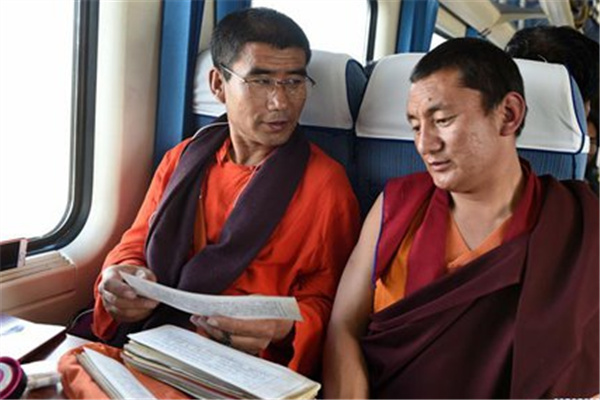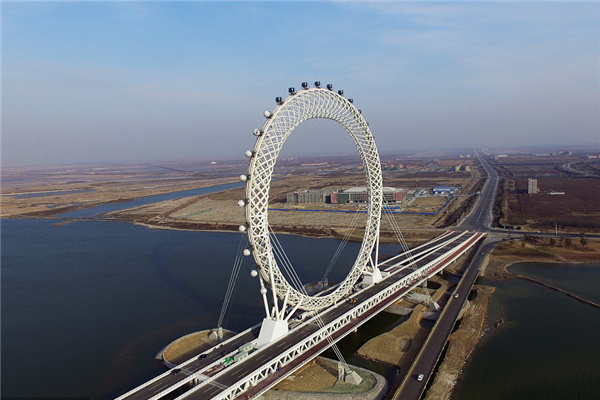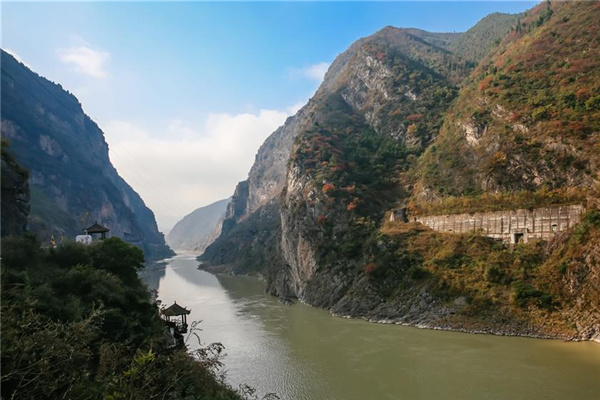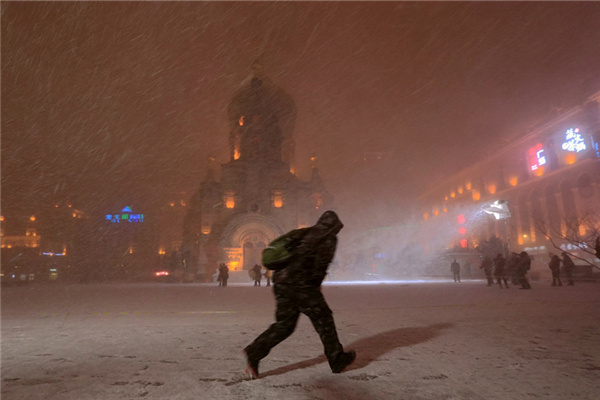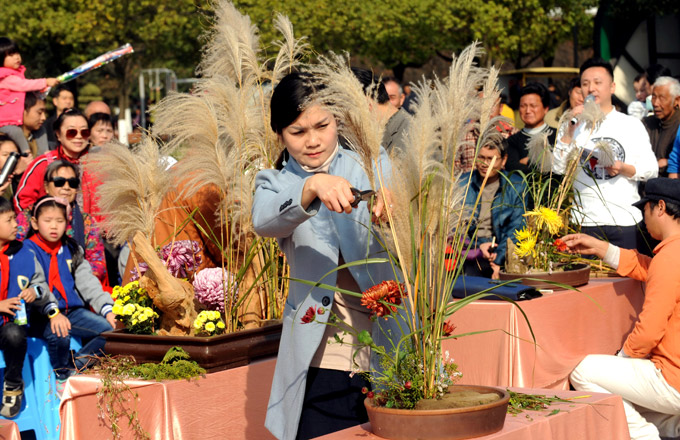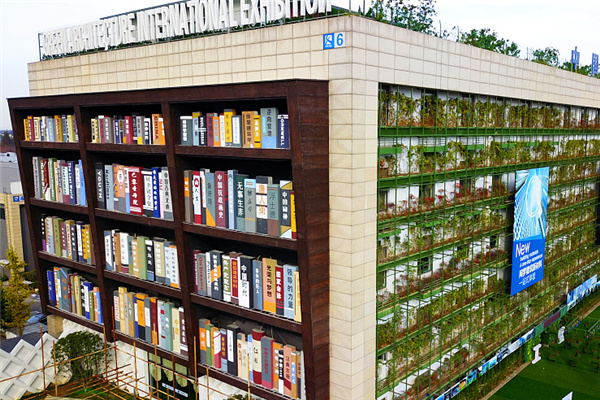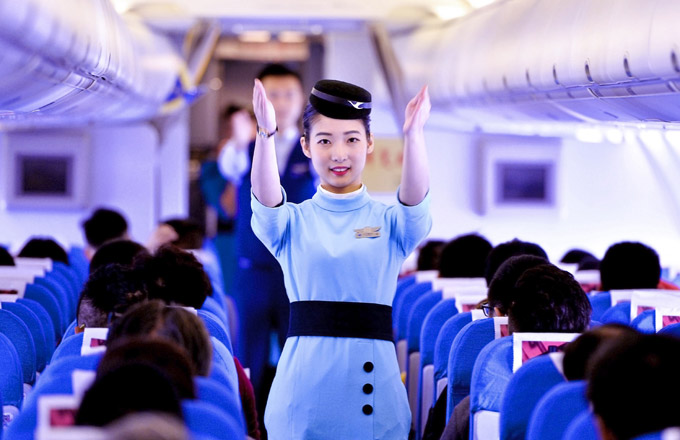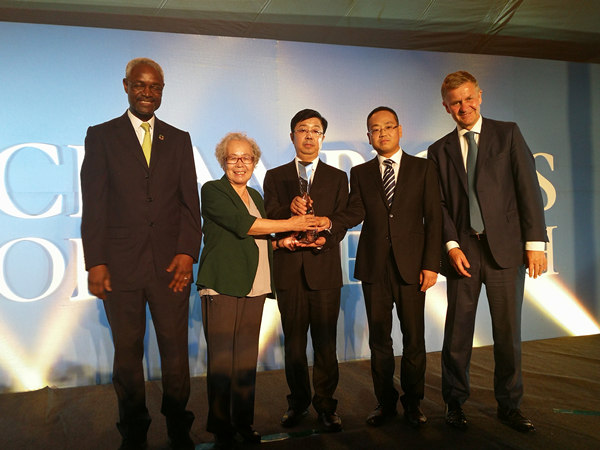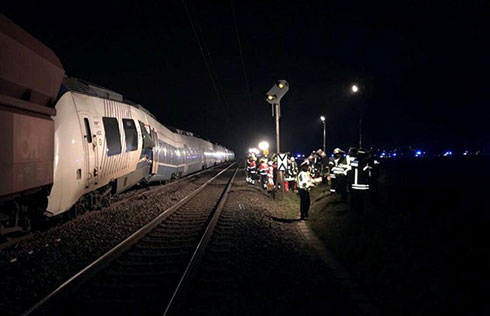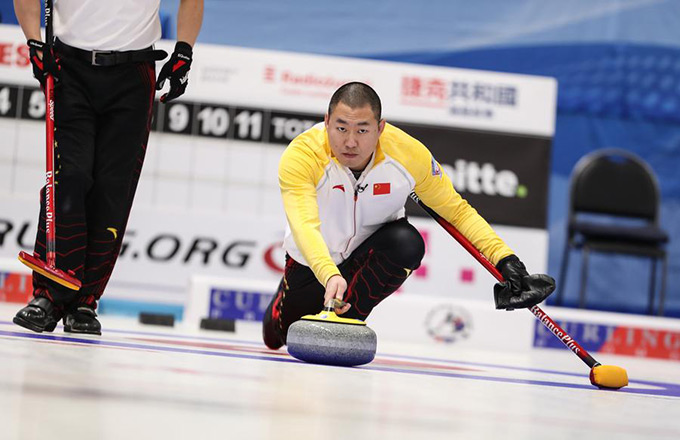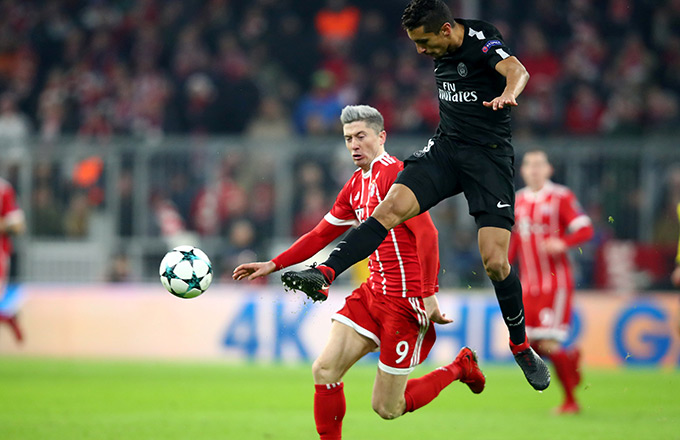

If a vote was taken for the foreign company that has changed most in the Chinese market, the winner might be Amway, the US-based direct sales company.
It had to re-engineer its China network when its original method was virtually outlawed by China as unsuitable to national characteristics.
It currently owns and runs 180 retail outlets in China, and is expecting to raise the number to 200 in 2008, but when it arrived in China in the early 1990s, it had none.
It is churning out advertising campaigns featuring some of the world's most well-known athletes, while for most part of its history, its only marketing strategy was to depend on word of mouth.
The only thing that has remained unchanged, in a famous saying by Eva Cheng, godmother of Amway's China business and now executive vice-president of Amway Corporation, is "to change".
Changes have been made to "best adapt to the changing conditions of the market," according to Gan Chee Eng, the company's greater China head, during a recent interview with with China Business Weekly.
In monetary terms, its "best adaptation" meant over 13 billion yuan of revenue in 2007, compared with the company's global sales of $6.4 billion. In branding power, Nutrilite, the name of one of its key product lines, just won the Reader's Digest Trusted Brands 2008 certification for nutritional and supplement products.
The branding power is very helpful, according to company sources, when Amway needs to raise the prices of some of its products to offset the inflation in almost every aspect of business - from labor to materials. And raising prices may seem unavoidable in 2008, they say.
Globally, Amway keeps a different price policy based on the local conditions of each country or regional market. In Southeast Asian markets, where currency levels are more fluid, prices are adjusted every couple of years.
Talking about a price hike, however, should not be taken as a signal for a downturn in sales. On contrary, as Gan says, sales are expected to continue to grow by double digits - at least that's the revenue growth goal is this year.
The sales growth goal is set at 12 percent year on year, Gan says. While earlier Cheng, the global executive vice president, even went so far as to announce that Amway China would generate more than 24 billion yuan of sales in 2012, double its record in 2006.
The company will try to introduce one or two new products every year in China, as is its general practice.
Although what Amway is good at, as it claims and it appears, is to keep changing, data provided by the company suggests that it has managed to create a relatively hardcore set of corporate factors. All the changes may be seen as designed at maintaining these factors, which on Amway's frontline is a loyal force of sales agents.
There have been many network marketing companies in China, some international, some national, and some local. Stealing top agents from each other is part of the game and loyalty among the agents is usually thin.
But Amway, which calls its 200,000 agents "yuangong" (Chinese expression usually used to describe the in-house staff), has had no lack of agents who have worked for it for as long as 10 years, Gan says.
The second aspect of its business strategy is branding. Amway as a company is well-known enough, thanks in part to the controversy in China in the 1990s on how to distinguish good direct sales services from pyramid scams, and also in part to its immense number of sales agents.
But apart from corporate branding, it has also made Nutrilite, its nutritional product line, well known in a rapidly growing market sector as a product brand under a corporate brand. This is not easy for an international company relatively new in China.
The China market, based on its 2006 record, also helped the company claim Nutrilite as the world's leading brand of vitamin, mineral and dietary supplements.
Not many international companies have been able to do that. Even P&G, the world's largest manufacturer of household and personal care products, has only managed to keep a few of its many product brands widely known to the Chinese mass consumers.
The truth is, much of Amway's business depends on Nutrilite, which the company executives admit openly. Up to 60 percent of the company's China revenue can be drawn from this single brand - although under the Nutrilite brand there are more than a dozen products sold in this country.
Then on a deeper level, some consumer loyalty may be expected. Company executives boast that after Nutrilite buyers made their first purchase, up to 50 percent of them would return to place follow-up orders.
Further evidence to back up this claim is not offered. No other figures are given regarding VIP customers or long-standing customers, or their feedback, even though the company has a specialized market research team based in Shanghai.
However, the report that Shanghai has remained the largest revenue generator for Nutrilite may indicate its appeal to the emerging urban middle class consumers in China.
At least, when marketing campaigns are being waged for Nutrilite in the second- and third-tier cities, it can still enjoy some lasting popularity in a first-tier city.
But what about Beijing, the city leading the consumer trends in northern China? What about Guangzhou, Shenzhen and the rest of the Pearl River Delta in southern China, where Amway first built its China beachhead and keeps its manufacturing base? Little information is available to back up a claim of all-round customer loyalty.
(China Daily 05/12/2008 page7)

